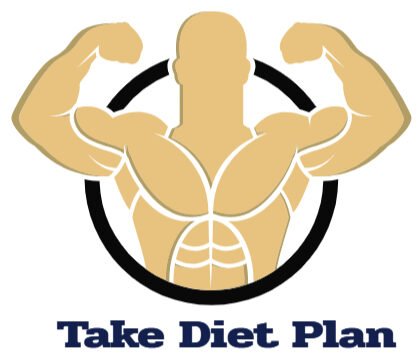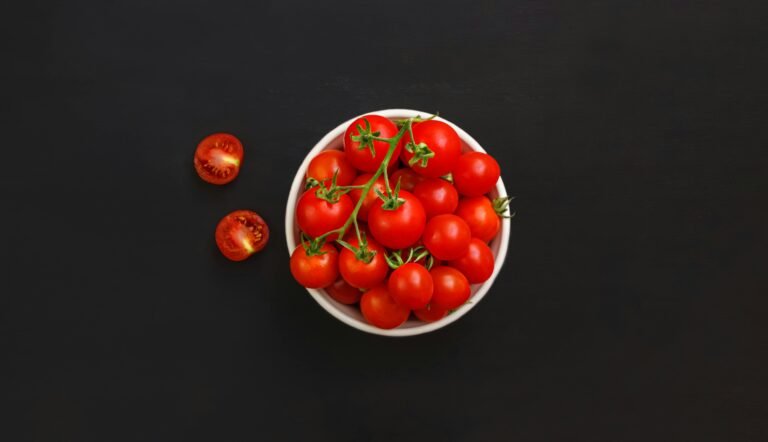Balanced nutrition: what are fats?
We come to the last part of the articles dedicated to a balanced diet, which serves us as an abc on our diet, and to answer many questions such as the breakdown of macronutrients in the diet, what are the foods with carbohydrates, what are the foods with proteins and which foods contain mostly fat.
In the last decade, dietary fats, especially saturated ones, have been cleared of accusations of favoring cholesterol, obesity and cardiovascular disease in general. The connection between dietary fats and cardiovascular disease, with particular reference to atherosclerosis, has been called the ” lipid hypothesis ” (since the 1940s), but at the moment it seems that one of the main causes of the increase in blood cholesterol is ‘power is not in the first places as we believe.
The factors by which cholesterol increases can in fact be many: from wrong lifestyles such as smoking, alcohol and a sedentary lifestyle to related pathologies affecting the thyroid, liver, kidneys, as well as stress. Some studies have also tried to understand if there was a correlation between foods rich in cholesterol and increased cholesterol in the blood: in particular, one study subjected a sample of obese patients to the daily intake of two eggs for breakfast, noting that cholesterol it hadn’t increased after weeks. The US guidelines have also changed, eliminating the maximum amount of cholesterol that can be eaten in a day, while trans fatty acids are still considered very dangerous for health.
Therefore fats are not to be banished, they are not our enemies, and on the contrary, a fat-free diet could give us serious health problems; first of all, preventing us from assimilating fat-soluble vitamins, such as A and E.
But what are fats? Even fats, such as carbohydrates, are subdivided according to their chemical composition: saturated fats have a carbon chain with single bonds, monounsaturated fats have only one carbon double bond, polyunsaturated fats more than one.
But what are saturated fats, for example? Foods that contain saturated fat are milk and derivatives, butter, coconut oil, palm oil, red meats and derivatives. This is not to say that these foods have ONLY saturated fat: coconut oil is the oil richest in saturated fatty acids. In turn, studies have been done that break down saturated fats into medium- or long-chain saturated fats. Those with medium chain, for example, would play an important role in immune defenses and metabolism.
Foods that contain monounsaturated fatty acids are for example olive oil, olives or avocados.
Foods that contain polyunsaturated fatty acids are: other vegetable oils, nuts and oil seeds, fish. Among the polyunsaturated fatty acids we find omega3 and omega6. Many foods often have a combination of polyunsaturated or mono and polyunsaturated acids.
Other foods naturally contain a small percentage of fat: for example, the fats contained in whole grains and legumes are polyunsaturated.
How much fat do we need to take per day? According to Eufic , considering a 2,000-calorie diet, 70 grams per day must be fat.
Of these, 20 grams, therefore just under a third, must be saturated. The rest goes between mono and polyunsaturated.
To see previous articles on carbohydrates and proteins click here and here.





























+ There are no comments
Add yours